The 3 Step Golf Swing Improvement Model That Will Help You Fast-Track Your Way to Lower Golf Scores19/3/2015
"I never lost my talent, I just forgot how to play"..."Its listening to too many people who think they know what they're talking about and they don't." - Sean O'Hair (PGA Tour Player) on getting his game back on track. If there's one undeniable fact in elite amateur and professional golf its this; elite golfers in their quest for continuous improvement often fall victim to the trap of trying to perfect their golf swing even after they have learned how to play, consequently contaminating their golf swing with a thought virus that eventually strangles the authenticity and originality out of their swing and forever changes the way they play. Kind of depressing to read right? But it's true, many well meaning advanced and elite golfers and their instructors are often doing more harm than good in trying to improve what they have by upgrading it to some super level of performance. Diluting Your Authentic or Original Swing It seems like Tiger Woods has diluted much of the authentic nature of his golf swing right out of existence in his quest to keep getting better.
What can we learn from this? Well the easy answer is don't do what he did, but of course there's always more to it than that. So let's start with an important question. What strategies will you employ from now on to help you make informed decisions that will protect you from destroying your authentic or original golf swing style? When you look at the history of golf and the golfers who have played, one things for certain; every golfer who has ever played this great game has played with an original golf swing style that is unlike any other. Your golf swing is your original or authentic style, your blueprint which is based on the way you have been exposed to the game, and the way you have learned how to play it. If it Ain't Broke it Doesn't Need Fixin' A well meaning and intelligent approach to golf swing improvement doesn't mean that you can be thoughtless or careless about how you go about improving it. An important distinction here is that you can change a golf swing but not necessarily improve it. Every successful male and female golfer has practiced and truly believed in pursuing continuous improvement but it was never at the expense of diluting their ability to play the game. In other words they made smart golf swing changes based on a lot of thought and advice from experts, and only after they completely understood the implications of making a change to their technique would they consider making it or not. In most cases they never made the change, which is usually (in most cases) the most intelligent thing you can do. You see when you have played golf for a long time and are really good at it quite often the changes you need to make are not based on the way your golf swing looks or functions as much as it's about continuous refinements and adjustments to the basic elements that drive your golf swing. These elements are the one's that from day-to-day will have the most influence on how you play golf, elements that you have developed and habituated over your career, such as consistent alignment of your body and club through an effective pre-shot routine, and your golf swing tempo and timing. The 3 Levels of Golf Swing Change; Form, Feel and Flow All golf stroke change must lead towards a recognizable feel that is separate from the actual look of the stroke. This means that it doesn't make sense to perfect the look of your golf swing if you cannot translate that into a feel that you can take to the golf course and let it flow with a high level of trust. Feel is the essence of your authentic golf swing; it is your innate knowledge and awareness of the pressures that your body places upon the golf club, and also the pressures that the club sends back into your body that influence how your swing moves backwards and forwards and collides with the ball. Your feel is as unique as your finger prints and must be protected at all costs. Think of feel as your golf swing awareness and to make a change (without dramatically affecting the feel) you have to decide on the level of change, and also how much that change will affect your ability to still play shots at a competitive level. At Pro Tour Golf College we describe golf swing change with a simple three step approach to help our students to understand the golf stroke change process:
Changing Golf Swing Form or Structure The first level of change is to change one or more components within your existing golf swing structure and you will remember in our last article I described the complexity of the golf swing change process and that what we are talking about is how many change components you are going to install into your existing golf swing architecture. For example, think of structural change as the amount of body parts that need to be recruited, trained and habituated to make the golf swing operate successfully.
The simplest stroke to change is a putting stroke, and the most complex is to change a full swing. When you want to make a change to your golf technique from a putt through to a full swing it will be helpful to begin with the end in mind. What will your golf stroke look like when you have it to where you want it to be? Get clear with your vision around the objective you’re aiming at, and then break the change down into small recognizable and manageable components. Now each part of the stroke needs to fit together like a puzzle, and the repetitions you perform are the glue that binds it and turns it into a recognizable feel that you can repeat. Start by making the change you’re introducing by standing in front of a mirror or window and learn to understand the feel associated with swinging the golf club the way you’re trying to. You do this by repeating the golf swing motion many times each day slowly, deliberately and correctly. This is why it is essential to have the help of a experienced and competent golf instructor to guide you in this improtant part of development process. Your golf instructors primary role is to help you to improve your stroke mechanics, and your responsibility is to practice it and develop it into a recognizable feel, and ultimately into a flow state. 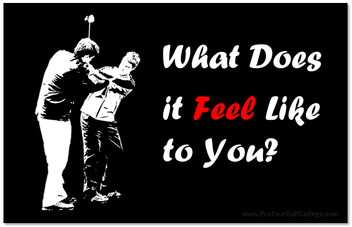 Transfer the Old Feel into the New Feel We explain to our students at Pro Tour Golf College that your feel in your golf swing is just like a map with a starting position and an end position. So your responsibility is to practice in such a way that you develop a very definite pathway that leads consistently to a recognizable feel. You need to understand the new layout or form of your new golf swing with checkpoints along the way, and also trouble spots. When you practice perform the golf stroke very slowly at first to accentuate the correct feel so that you can identify how it differs from your original technique. You will find it helpful to not include a golf ball at the beginning as the golf ball is a distraction that will slow down your improvement process. This is one of the critical mistakes made by many golfers, and even golf instructors. Your mind can only focus on one conscious chunk of information at a time and it is enough just to focus on correct swing motion without having to also hit a golf ball successfully. Involving the ball in your practice at this stage is a recipe for disaster. 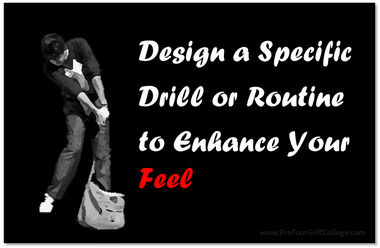 With the help of your golf instructor design a routine, a specific drill, or use a training aid that will help you to understand and enhance the new feel as this can accelerate the learning process. Continually notice the feedback about how the change is coming along by videoing your golf swing whilst you perform it in slow motion and then at normal speed. Identify the difference in your old golf swing and your new one and keep adjusting your golf stroke until your old technique is overlaid by the new one. You will never completely lose your old golf stroke pattern, and at times it might even spring back into life, particularly if you stop practicing your new stroke components. There is certainly nothing easy about changing a golf stroke as it requires consistent application and a sharp focus on performing each repetition as correctly as possible for many months. However if you follow my advice and completely learn the three steps I’m suggesting, and you carefully learn the new feel by practicing it enough, you will transfer your golf swing to the final stage in the learning process---the flow state. When you reach the flow state level you will be performing your golf swing confidently, competently and without much thought which will elevate you to a higher level of performance on the golf course and much enjoyment for years to come. We wish you the very best with it. Lawrie Montague and David Milne – Pro Tour Golf College The Professional Golf Tour Training College
Jon Sielsky
23/3/2015 01:05:16 pm
Well said Lawrie and David.
Lawrence Montague
23/3/2015 11:19:43 pm
Thanks John, we appreciate your comments. Comments are closed.
|
Archives
June 2019
|
Proudly Supported By
Copyright © 2011 - 2018 Pro Tour Golf College
Website Managed By Golf Performance Media
All Rights Reserved
Website Managed By Golf Performance Media
All Rights Reserved

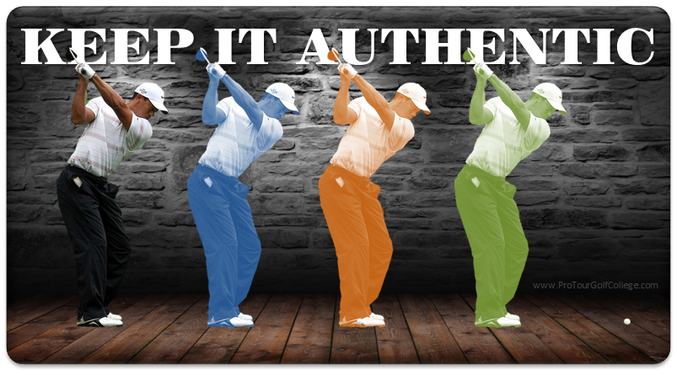


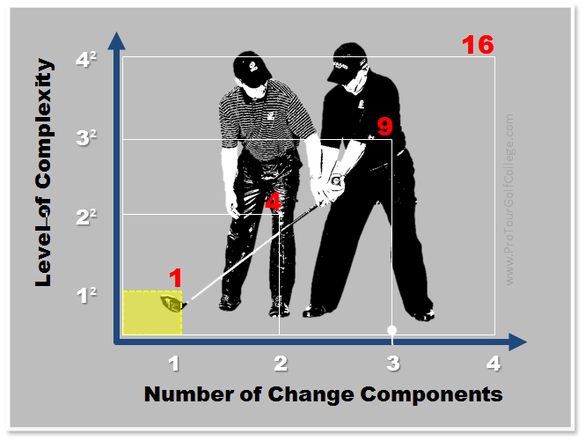
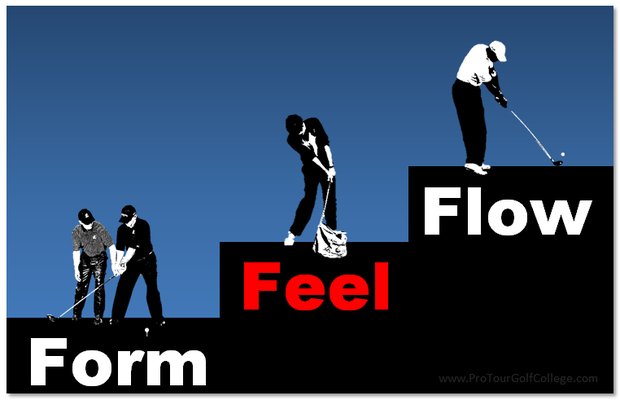

 RSS Feed
RSS Feed



